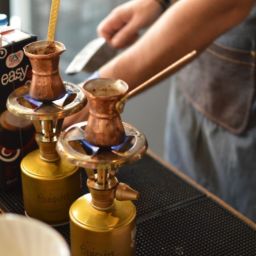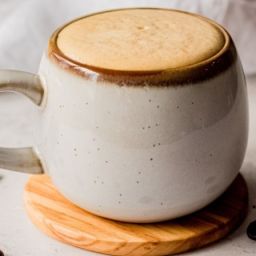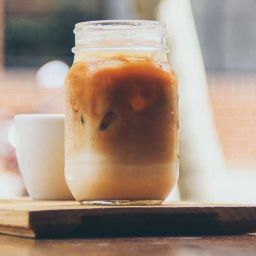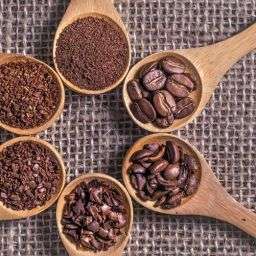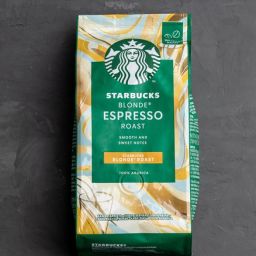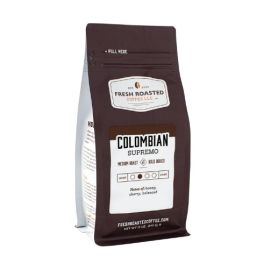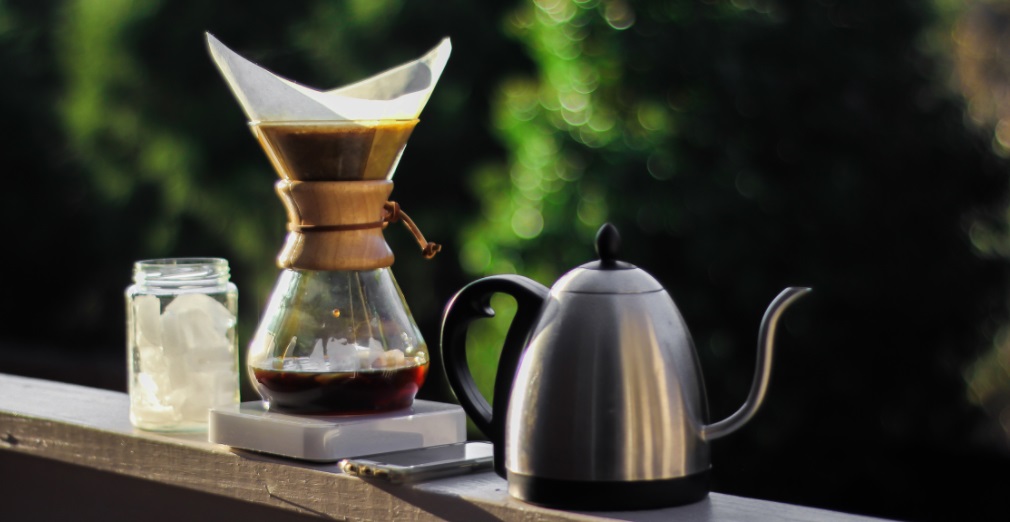
Japanese drip coffee, a revered method steeped in precision and tradition, stands out in the coffee world for its meticulous brewing technique. This method, which emerged prominently in Japan, involves pouring hot water over coffee grounds, allowing the water to filter through slowly, extracting rich flavors and aromas. The practice reflects the Japanese dedication to craftsmanship and attention to detail, traits that are deeply embedded in many aspects of the culture.
The roots of Japanese drip coffee are intertwined with the country’s long-standing embrace of both innovation and tradition. Coffee was first introduced to Japan in the 1800s, and over time, Japan has cultivated a unique coffee culture that marries Brazilian coffee traditions with local Japanese preferences. This blend of influences has led to the development of unique brewing techniques and equipment, such as the Hario V60, which are celebrated worldwide today.
Key Takeaways
- Coffee-to-Water Ratio: The balance of coffee to water is crucial. A common ratio is 1:15, meaning one part coffee to fifteen parts water. This ratio ensures that each cup of coffee is robust and flavorful without being overpowering.
- Grind Size: The size of your coffee grounds affects extraction. A medium-fine grind is ideal for Japanese drip coffee. It’s fine enough to enhance flavor extraction but coarse enough to prevent a slow, over-extracted brew.
- Blooming and Brewing Techniques: Blooming is the process of lightly wetting the coffee grounds before the full pour. This allows gases to escape and promotes a more even extraction. Follow the bloom with a steady, circular pour to maintain a consistent flow rate, encouraging a balanced extraction of all the coffee’s flavors.
- Equipment Choices: Using the right tools, like a gooseneck kettle for precise water flow and a quality dripper, can significantly impact the quality of your brew. These tools help control the brewing variables, making it easier to replicate the perfect cup every time.
Equipment and Ingredients
To dive into the art of making Japanese drip coffee, you’ll need a few key pieces of equipment:
- Dripper: A ceramic or glass dripper, such as the Hario V60, is preferred for its heat retention and aesthetic appeal. These drippers are designed with unique spiral ridges that optimize the extraction.
- Filter: Paper filters are commonly used with these drippers. They help achieve a clean, crisp cup of coffee by filtering out most of the coffee oils and fines.
- Kettle: A gooseneck kettle is essential for precise water control. The thin, long spout allows for a slow and steady pour, which is crucial for proper bloom and even extraction.
- Scale: To ensure accuracy in your coffee-to-water ratio, a digital scale is a must. Precision is key in crafting a perfect cup.
When it comes to coffee beans:
- Selection: Opt for single-origin beans to truly appreciate the nuances of the brew. Japanese drip coffee is best with light to medium roast profiles, which preserve the bean’s intrinsic flavors—think floral, fruity, and delicate notes.
- Freshness: Freshly roasted beans are ideal as they maintain more of their natural flavors and essential oils. Look for beans that were roasted within the past two weeks for optimal taste.
Preparation Steps
Embarking on the journey to brew Japanese drip coffee involves meticulous preparation and execution. Here’s a step-by-step guide to ensure you capture the essence of this revered brewing method.
Grinding the Coffee
Start with the right grind. For Japanese drip coffee, aim for a medium-fine grind—similar in texture to table salt. This size ensures that water can flow evenly through the coffee grounds while extracting maximum flavor. Measure about 20 grams of coffee for a standard 300 ml brew.
Preparing the Filter and Dripper
First, place your paper filter in the dripper. It’s important to rinse the filter with hot water; this not only helps eliminate any papery taste but also preheats the dripper and the carafe or cup beneath. Dispose of the rinsing water before proceeding.
The Blooming Process
Blooming is crucial for releasing the most flavor from your coffee grounds. Pour hot water (just off the boil, around 205°F) over the grounds to just wet them uniformly (about twice the weight of the coffee in water), and let them sit for about 30 seconds. This allows the coffee to degas, enabling a better extraction.
Detailed Pouring Techniques
After the bloom, begin your main pour. Start in the center of the grounds and slowly spiral outwards, then back inward. The goal is to maintain a steady hand and a consistent speed to avoid agitating the grounds too much, which can lead to over-extraction. The entire pour should take about two minutes, aiming to reach your desired water ratio (typically 300 ml of water for the 20 grams of coffee).
Final Steps: Swirling and Serving
Once all the water has dripped through, give the dripper a gentle swirl to settle the grounds and ensure an even extraction. Carefully remove the dripper, stir the coffee in the carafe or cup to integrate all the flavors, and then serve immediately. Enjoying the coffee right after brewing captures its full spectrum of flavors at their peak.
Brewing Techniques and Tips
Mastering the art of Japanese drip coffee involves precision and a few important techniques to ensure the best cup every time.
Adjusting the Water Temperature: The ideal water temperature for brewing Japanese drip coffee is between 195°F and 205°F. Water that’s too hot will extract undesirable bitter compounds, while water that’s too cool will lead to under-extraction, missing out on some flavors. Using a kettle with temperature control can help you achieve this consistency.
Achieving the Best Water Flow and Distribution: Controlled water flow is key to uniform extraction. A gooseneck kettle is essential for its precision. Start pouring in a slow, steady stream, ensuring you cover all the grounds evenly. The aim is to keep the water flow constant, avoiding bursts that can disturb the coffee bed and lead to uneven extraction.
Importance of Coffee Freshness: Fresh coffee is paramount. Always use beans that have been roasted within the last two weeks and grind them just before brewing. This ensures that the coffee’s natural oils and aromatic compounds are preserved, enhancing the flavor profile of your brew.
Common Mistakes to Avoid
A few common errors can affect the quality of your Japanese drip coffee.
Over-Extraction and Under-Extraction Issues
Consistency in grind size, water temperature, and pouring technique is crucial. Over-extraction happens when too much water passes over the grounds, pulling out bitter flavors. Conversely, under-extraction occurs when the water flows through too quickly, resulting in a weak, sour cup. Timing your brew and monitoring the pour can help mitigate these issues.
Uneven Pouring Techniques
Uneven pouring leads to inconsistent coffee strength and flavor. Aim for a methodical and rhythmic pour, maintaining a spiral motion that doesn’t disrupt the coffee bed too much. This uniformity in pouring prevents channels or dry spots in the coffee bed, which can significantly impact the taste.
Incorrect Ratios and Temperatures
Stick to the recommended ratios and water temperatures. Deviating from these can lead to a brew that is either too strong or too weak. Using a scale to measure both your coffee and water ensures that you maintain the right balance for optimal extraction.
FAQs
How does Japanese drip coffee differ from regular drip coffee?
Japanese drip coffee is distinguished by its precision and methodical approach, which includes the use of specific equipment like the V60 dripper that allows for a more controlled brewing process. This method emphasizes the clarity and flavor nuances of the coffee, often resulting in a cleaner and more vibrant cup compared to regular drip coffee, which can sometimes be more robust and less refined.
Can I use regular coffee beans for Japanese drip coffee?
Yes, you can use regular coffee beans for Japanese drip coffee. However, to truly appreciate the subtle flavors that this method brings out, it’s recommended to use high-quality, single-origin beans that are freshly roasted. Light to medium roasts are ideal as they tend to retain more of the bean’s inherent characteristics.
What are the best grind settings for Japanese drip coffee?
The best grind setting for Japanese drip coffee is medium-fine. This grind size allows for optimal extraction—fine enough to increase the surface area for extraction without causing the water to flow through too slowly, which could result in over-extraction.
Final Thoughts
Making Japanese drip coffee is an exercise in precision and quality, with each step from grinding to pouring crafted to enhance the coffee’s flavor. This brewing method not only offers a delicious cup of coffee but also invites you to engage deeply with the process.


